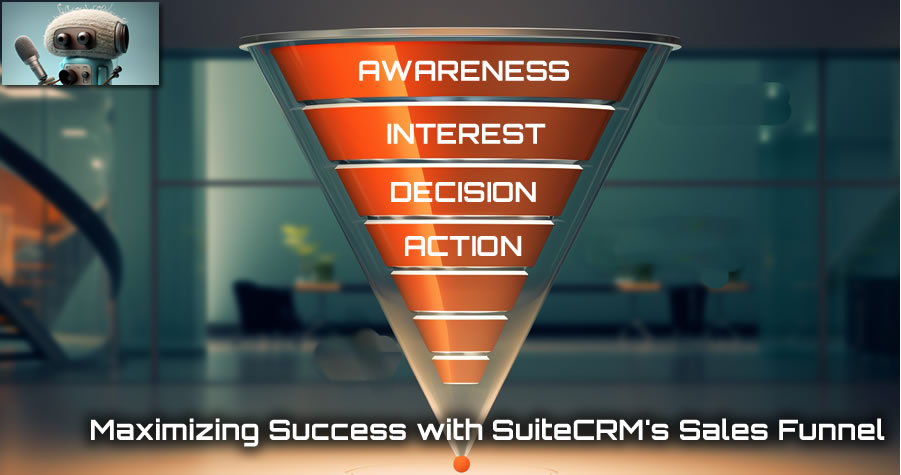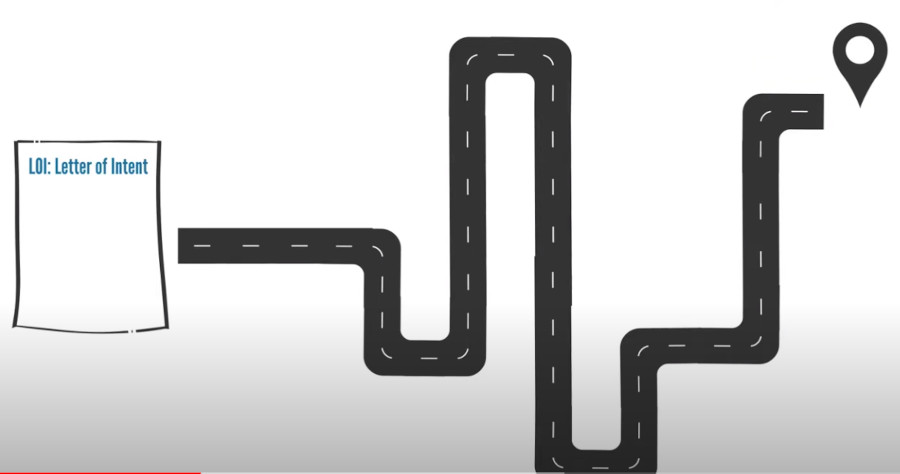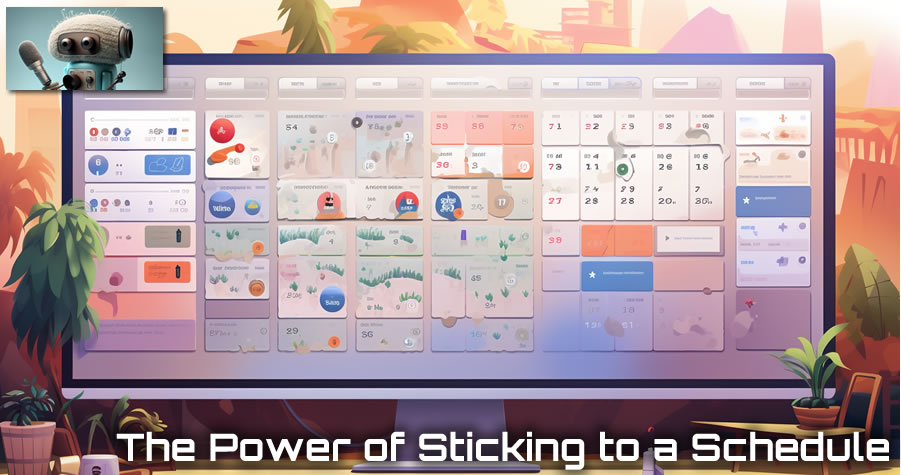Understanding and optimizing the sales process is vital for business growth and success. The sales funnel, a powerful concept in marketing, allows businesses to map out the customer’s journey from prospect to loyal customer. In this blog post, we will explore the significance of the sales funnel and how SuiteCRM’s modules, such as Opportunities, Leads, and Quotes, can help create and manage an effective sales funnel, leading to increased conversions and business growth.

- What is a sales funnel?
A sales funnel is a visual representation of the customer’s path from initial awareness to making a purchase and becoming a loyal customer. Similar to a traditional funnel, the sales funnel starts wide at the top, where potential customers enter, and gradually narrows down as they progress through each stage. At each stage, some customers drop out while others move closer to making a purchase. It is the business’s goal to guide and influence customers throughout the funnel to maximize conversions and retain loyal customers.
- The importance of a sales funnel:
A sales funnel provides valuable insights into the effectiveness of the sales process, allowing businesses to identify strengths and weaknesses at each stage. By analyzing the sales funnel, businesses can optimize their marketing efforts, identify areas for improvement, and enhance the overall conversion rate. It enables businesses to measure the success of their marketing campaigns, lead generation strategies, and customer retention initiatives, leading to more informed decision-making and improved business outcomes.
- SuiteCRM’s modules for building a sales funnel:
SuiteCRM offers a comprehensive suite of modules that can be utilized to create and manage an efficient sales funnel. The Opportunities module enables businesses to track potential deals, manage sales stages, and monitor the progress of each opportunity. The Leads module allows businesses to capture and nurture leads, ensuring a steady flow of potential customers into the sales funnel. The Quotes module facilitates the creation and management of quotes, streamlining the sales process and enhancing customer experience. By leveraging these modules, businesses can seamlessly guide customers through each stage of the sales funnel.
- Navigating the sales funnel stages:
The sales funnel typically consists of four stages:
a. Awareness: At the top of the funnel, businesses focus on creating awareness and capturing the attention of potential customers. Through strategic blogging, social media engagement, paid advertising, and other marketing efforts, businesses aim to educate customers about their products, build demand, and generate interest.
b. Interest: As customers move into the interest stage, businesses must keep them engaged and interested in their offerings. Providing valuable content, personalized communication, and targeted offers can nurture the customer’s interest and increase the likelihood of conversion.
c. Decision: In the decision stage, customers are evaluating their options and considering a purchase. By presenting compelling product information, offering demos or trials, and addressing customer concerns, businesses can influence the decision-making process and increase the chances of conversion.
d. Action: The final stage of the sales funnel is where the customer takes action and makes a purchase. It is crucial for businesses to provide a seamless buying experience, ensure customer satisfaction, and establish the foundation for long-term customer loyalty.
- Leveraging SuiteCRM for sales funnel success:
SuiteCRM’s integrated features, such as contact management, email campaigns, and reporting, enable businesses to effectively navigate each stage of the sales funnel. By capturing leads, tracking opportunities, and managing quotes within SuiteCRM, businesses gain a holistic view of their sales process, identify bottlenecks, and implement targeted strategies for improvement. SuiteCRM’s robust reporting capabilities provide valuable insights into conversion rates, pipeline performance, and customer behavior, empowering businesses to make data-driven decisions and optimize their sales funnel for maximum growth.
The sales funnel is an indispensable tool for businesses seeking to drive growth and achieve sales success. SuiteCRM’s suite of modules offers the necessary tools to create, manage, and optimize an effective sales funnel. By utilizing SuiteCRM’s Opportunities, Leads, and Quotes modules, businesses can guide customers through each stage of the funnel, optimize their marketing efforts, and foster long-term customer relationships. Embrace the power of the sales funnel and leverage SuiteCRM’s capabilities to unlock your business’s full potential.






